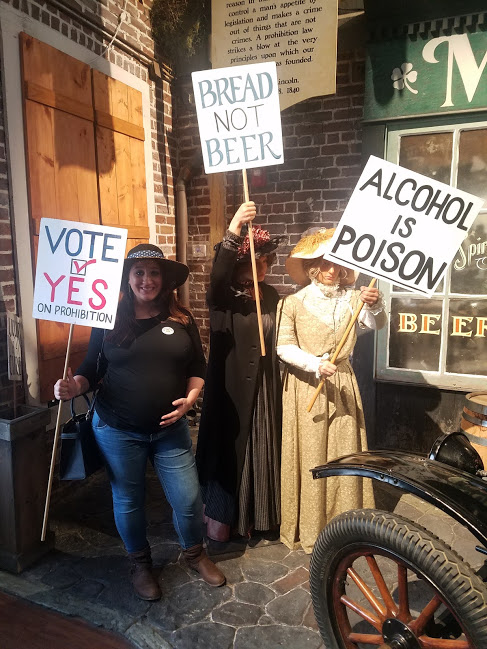
I visited the Prohibition Museum in Savannah, Georgia and engaged in a fully immersive experience of a time in our nation’s history when the purchase and manufacturing of alcohol were illegal. (A thought which shakes me to my CORE.) The museum does an excellent job of displaying all of the different ways that Prohibition influenced the country.
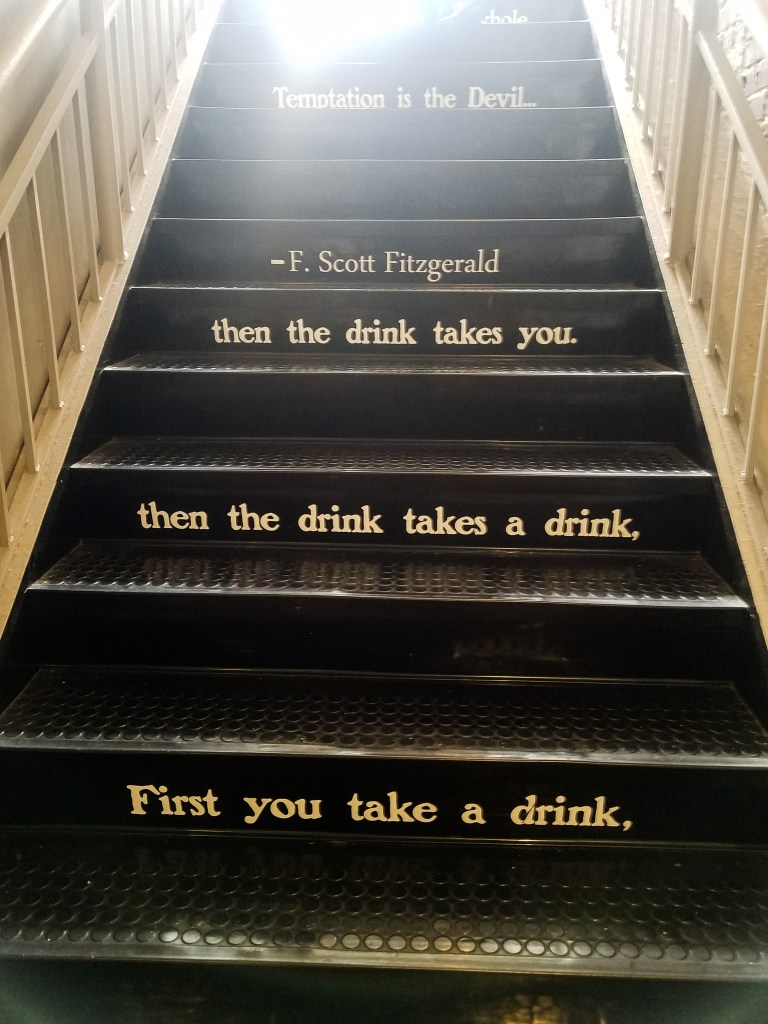
The Temperance Movement in the Prohibition Museum.
The Temperance Movement was made mostly of women who criticized alcohol and the consumption thereof. These women claimed alcohol was immoral in that it was responsible for the destruction of the family unit. Members of the movement cited alcohol as the reason for the poor physical and emotional treatment of women and children at the hands of their drunken husbands. The Temperance movement lead to the Volstead Act which instated a federal Prohibition on the sale, production, and distribution of alcohol. This lasted from 1920 to 1933.
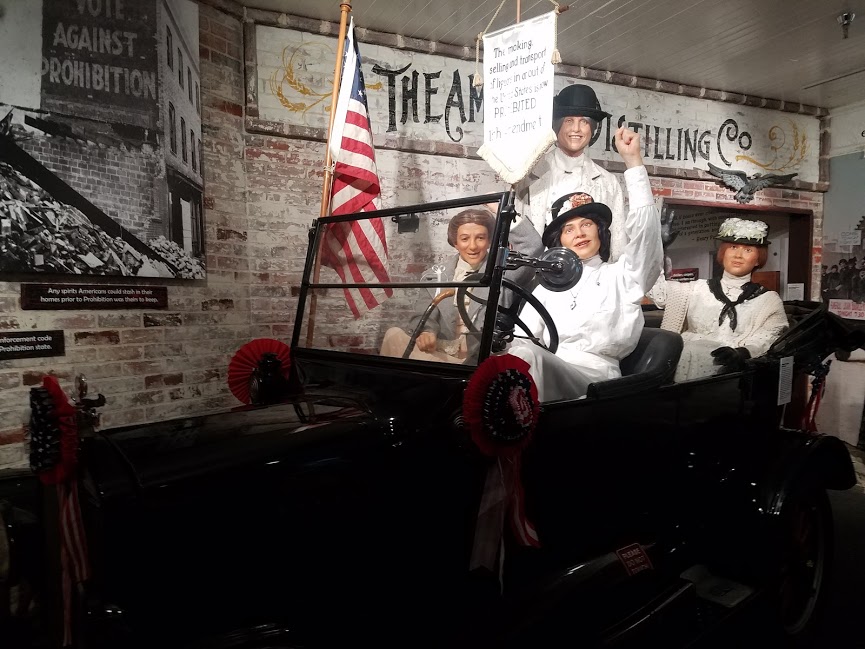
While the movement may seem noble in some regards, especially those which sought to help women and children, it had a more sinister impact as well. Prohibition was used as a means of scapegoating new immigrants to the country. Temperance Movement members knew that “real Americans” had a fear of immigrants. Therefore, bars were portrayed as harbors of safety for immigrants who regularly got drunk and destructive. Accordingly, these immigrants also took money from the government and were dangerous to the public, which of course was largely bullshit.
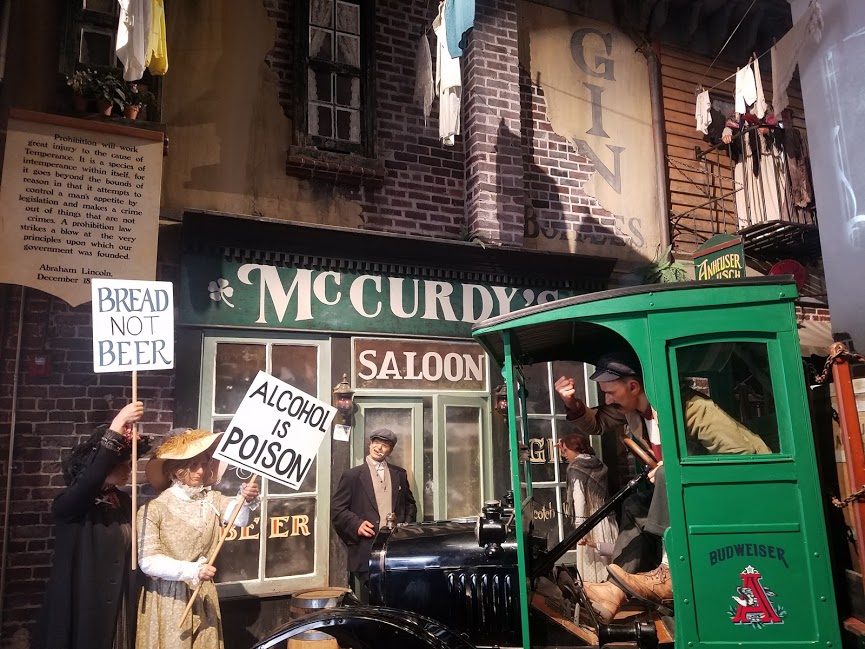
Carrie Nation.
As we learned in the Prohibition Museum, one woman was particularly passionate about the Temperance Movement and Prohibition. Her name was Carrie Nation, and she was considered to be especially radical in her beliefs. Her claim to fame was regularly using a hatchet to attack institutions that sold alcohol. Normally she used the hatchet to smash all of the bottles behind the bar. She famously was always dressed in conservative all-black clothing. Her husband was an alcoholic and this inspired her to become involved in the Temperance Movement and to such lengths. She often drew an audience by holding public lectures and called those who followed her, “Home Defenders.” How’s that for brilliant propaganda?
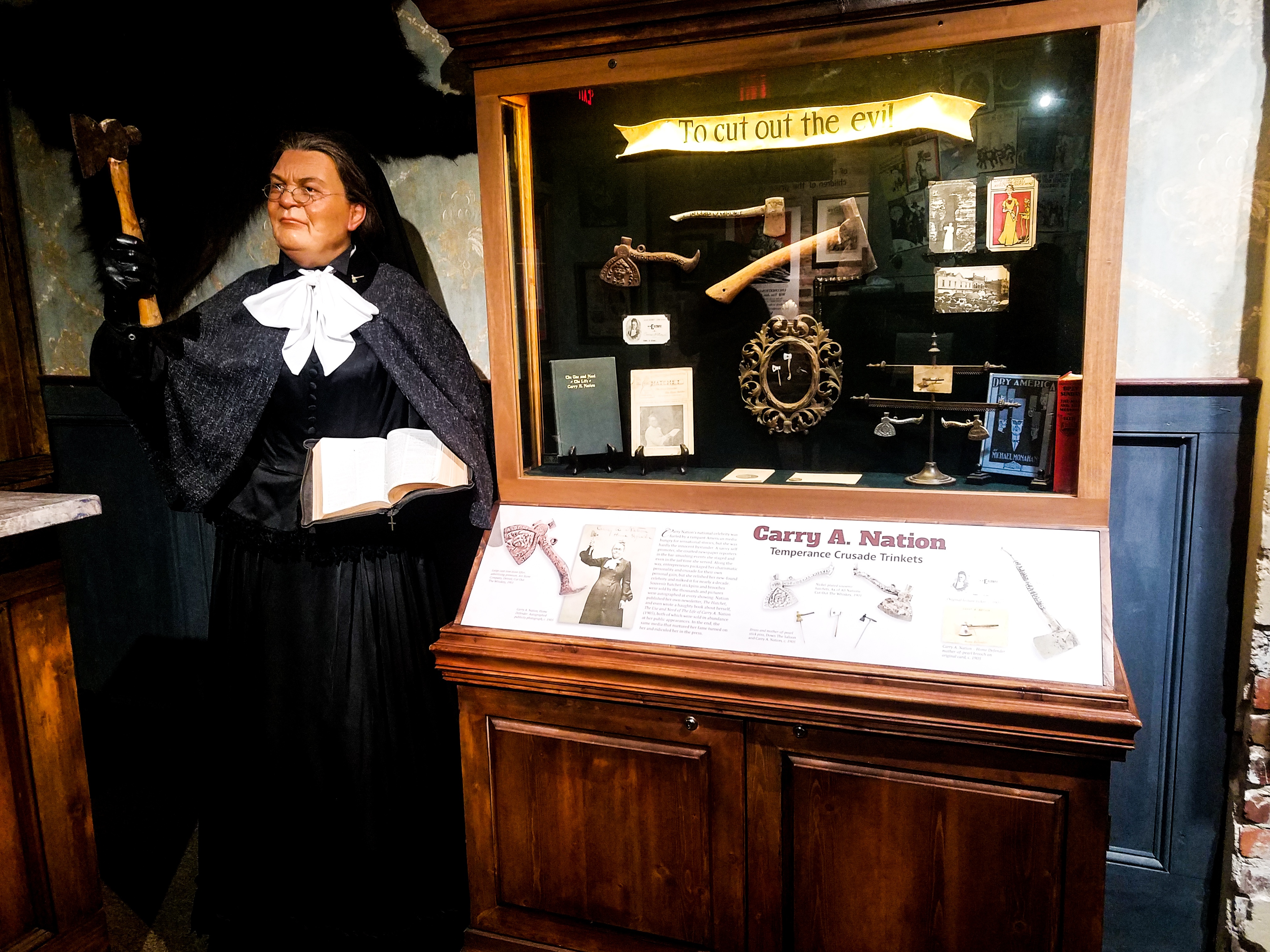
Economic Impacts of Prohibition.
Those who worked at breweries and alcohol manufacturing plants soon found themselves out of business and unable to feed their families. Some of the most famous breweries in our country began selling ice cream, soft drinks, cheese, nearly anything to make money. Soda Fountains opened up and those who worked behind the counter tried to create zany ice cream and soda-based beverages that were delicious, visually appealing and would keep customers coming back. Soda jerks who worked behind the counter did tricks and tried to create “performance” similar to what a bartender might do.
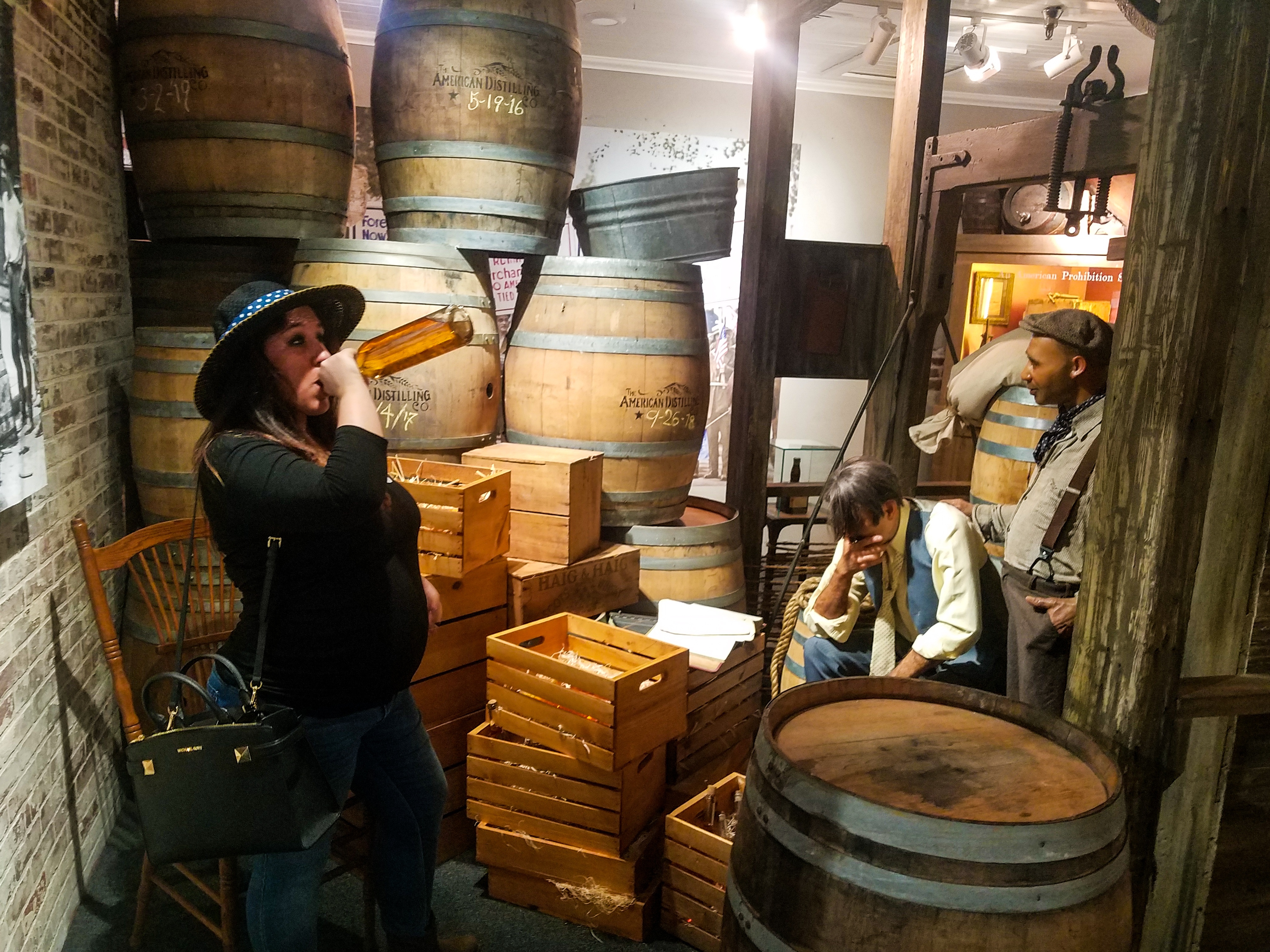
Some people who had lost their jobs in alcohol manufacturing decided to use Prohibition as an opportunity. These people distilled alcohol in their backyards or out in the woods and used their own recipes and equipment. Since they worked by the light of the moon, they came to be known as “Moonshiners” and their products were named, “moonshine.” Needless to say, the government did not regulate the ingredients. As a result, people became sick, paralyzed, or even dead from consuming moonshine.
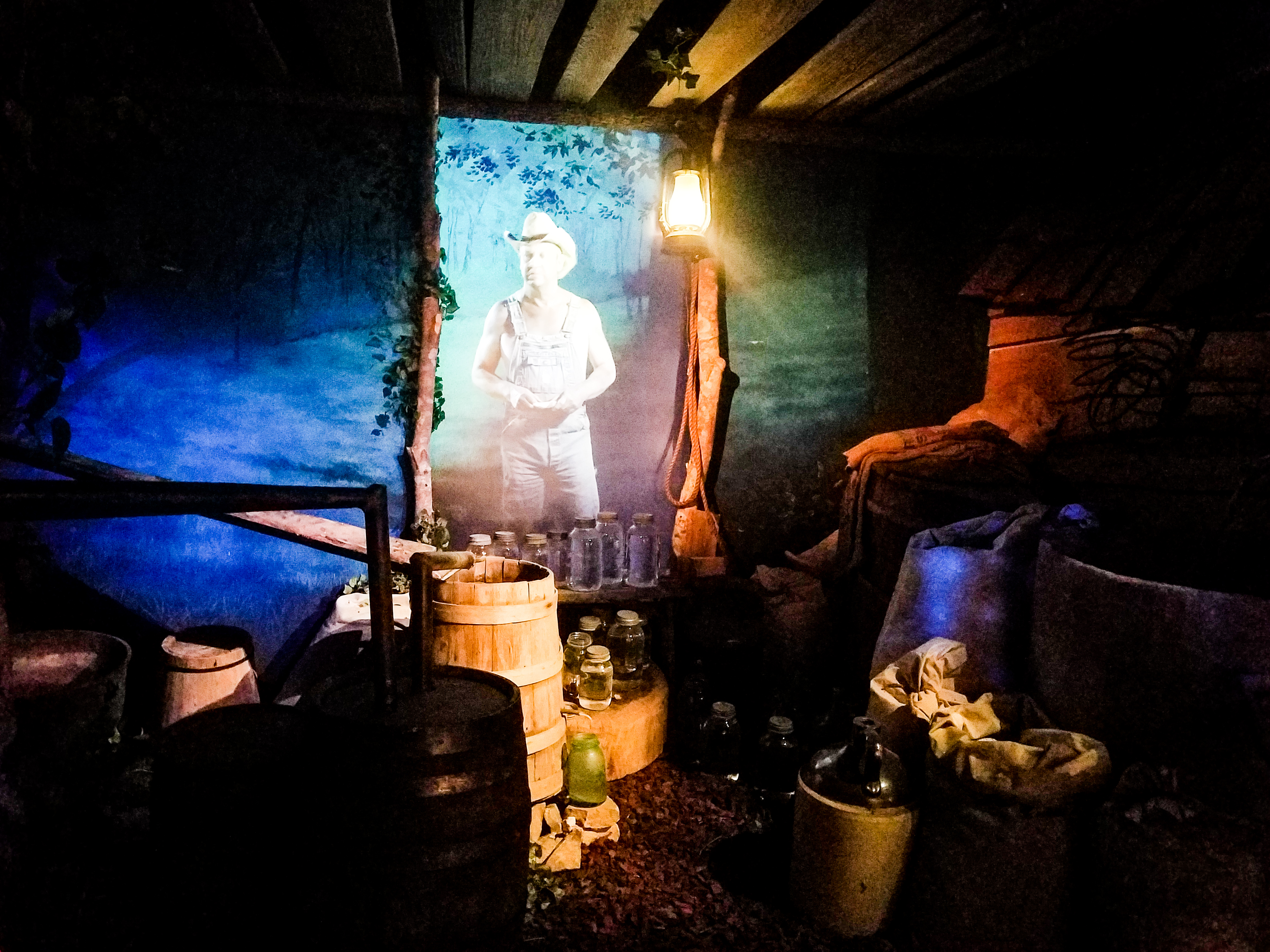
Organized Crime.
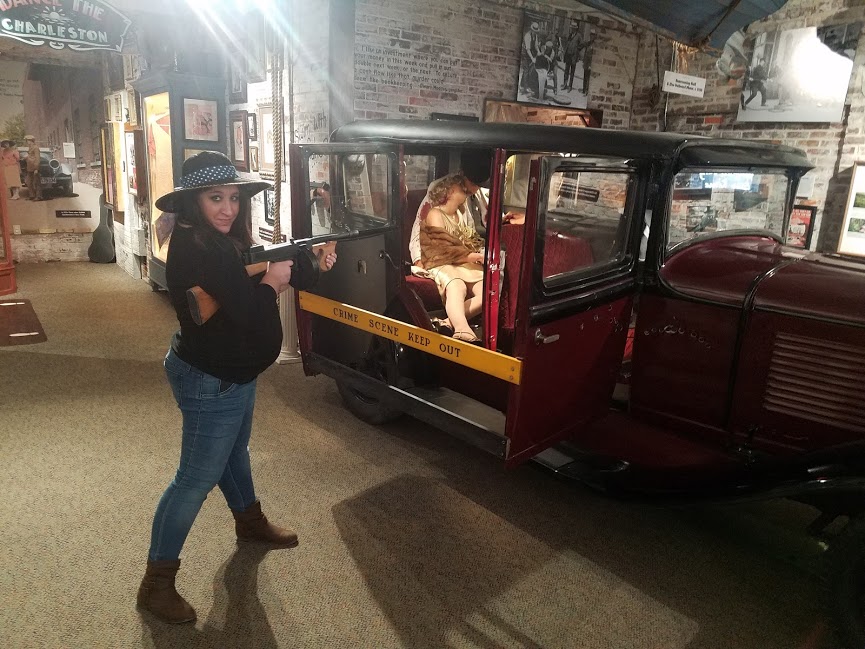
Making things illegal doesn’t make them disappear, they just go underground. Prohibition ushered in a new era of organized crime. Famous gangsters such as Bugsy Siegel, Lucky Luciano, and of course, Al Capone made their fortunes by peddling in the sale and distribution of alcohol.
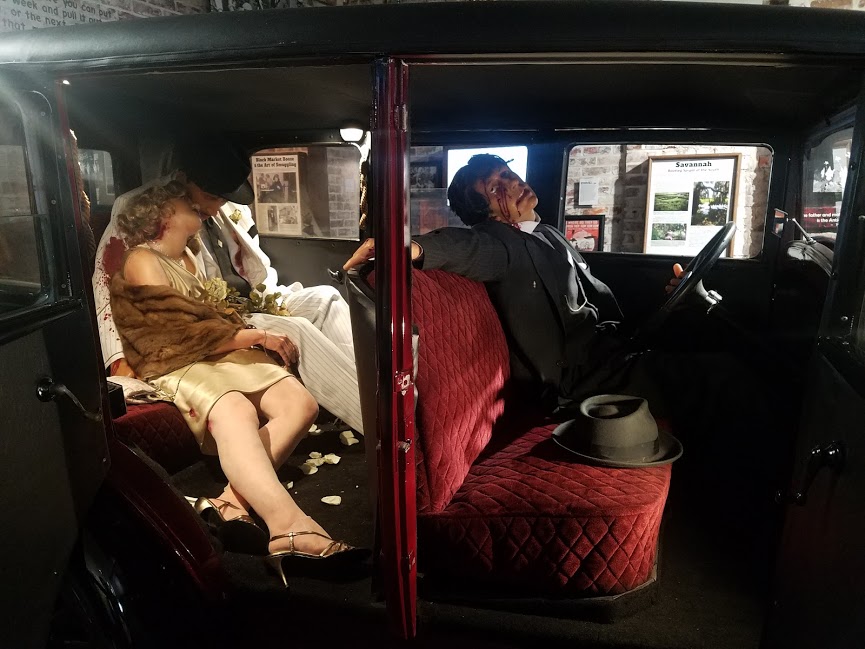
The field for selling alcohol was not only lucrative but extremely competitive and thus there was a lot of violence and murder happening during this time. While some mobsters stayed in the shadows to safely be able to continue their operations, Al Capone enjoyed the spotlight and nearly always made himself available for photographs and press reports.
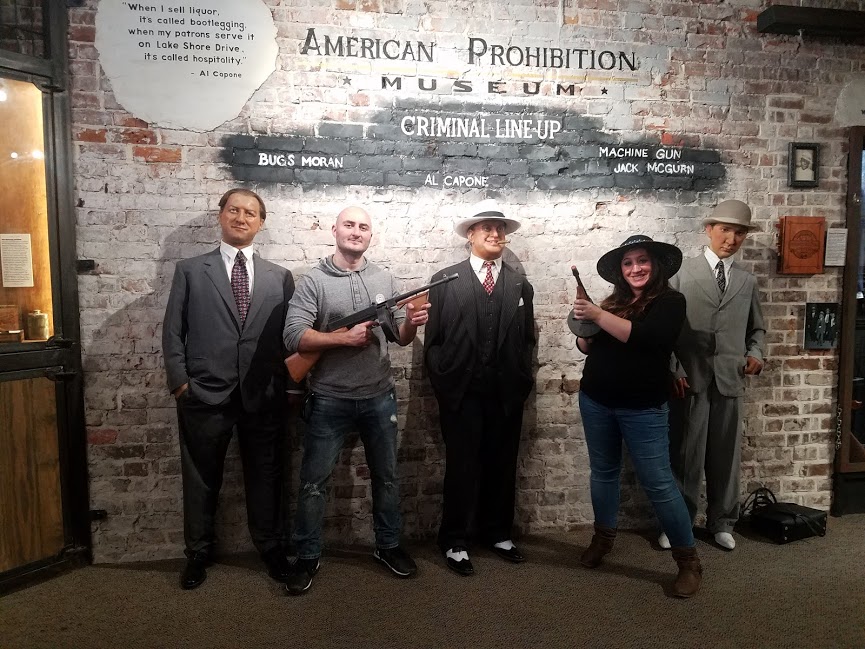
Looking for Loopholes in the Prohibition Museum.
It was not unusual for common people to create their own booze within the safety of their own homes. There were tips, tools, and recipes shared all around the nation between neighbors and friends on how to brew decent alcohol.
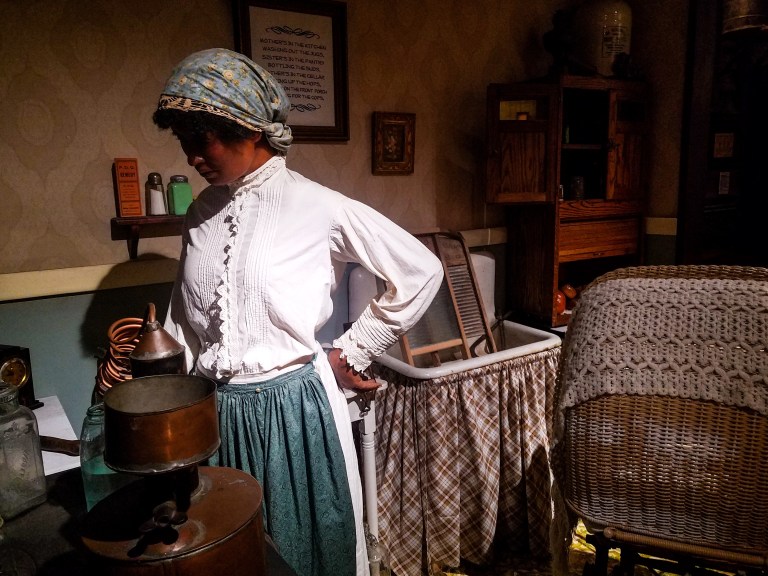
Doctors got away with selling alcohol under the guise of using it for “medicinal purposes.” The government usually did not second guess nor interfere with a doctor prescribing alcohol as medicine. Thus, people began obtaining it as a means for dealing with various ailments — everything from a twisted ankle to the common cold. As a result, patients would say anything for a chance to get liquor.
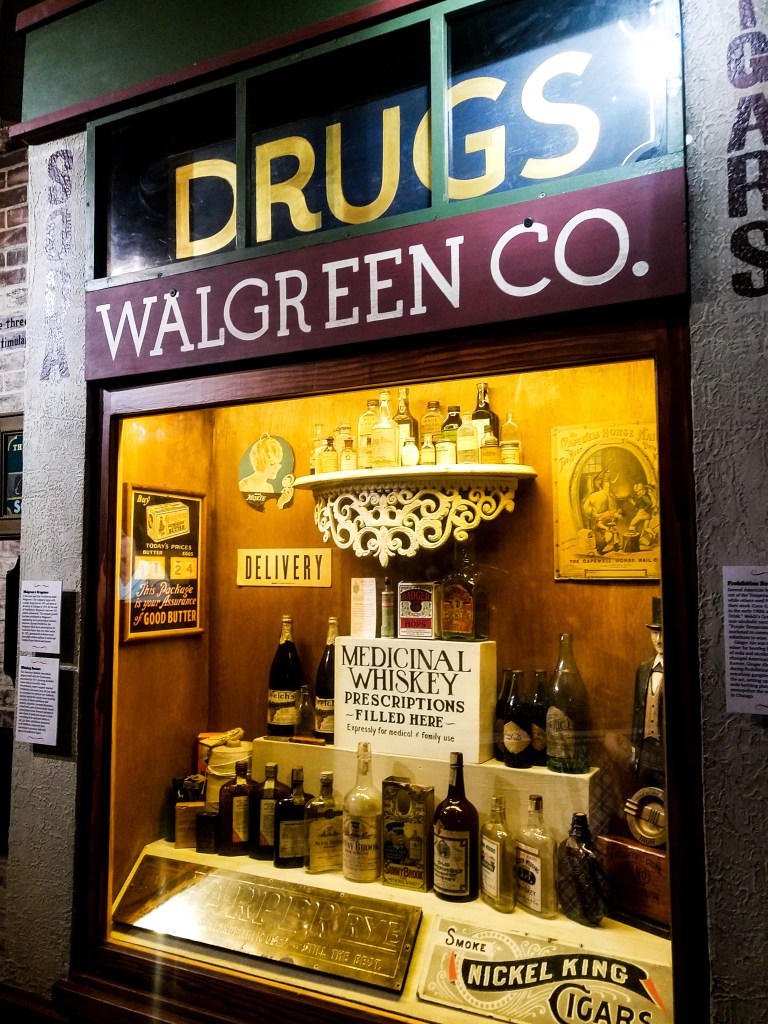
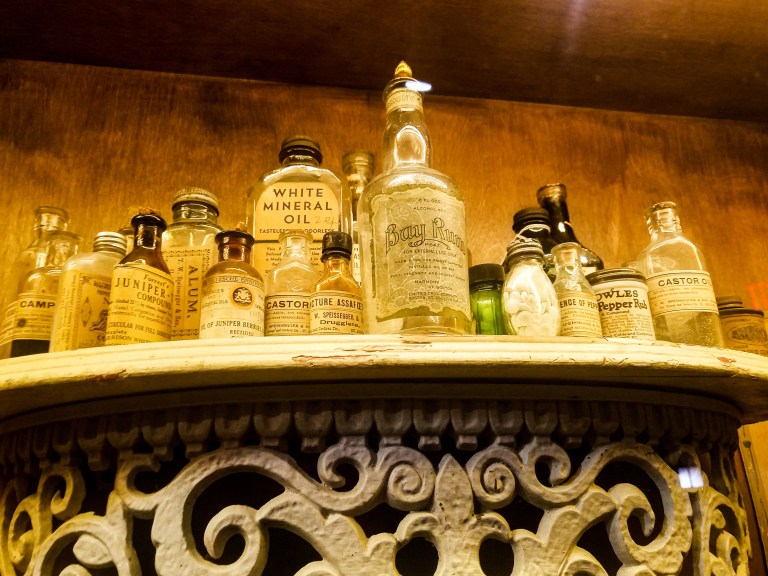
You Can’t Prohibit Fun!
At the museum, examples of lifestyle and culture in the 1920’s are pervasive. In one of the last sections, guests are able to view artifacts from the 1920’s such as clothing worn by people during this time. Visitors are able to see actual flapper outfits and try on some clothing. Charleston music plays through the speakers in this part of the museum. Travelers can follow the footprints on the floor in this section to learn how to do a proper Charleston!
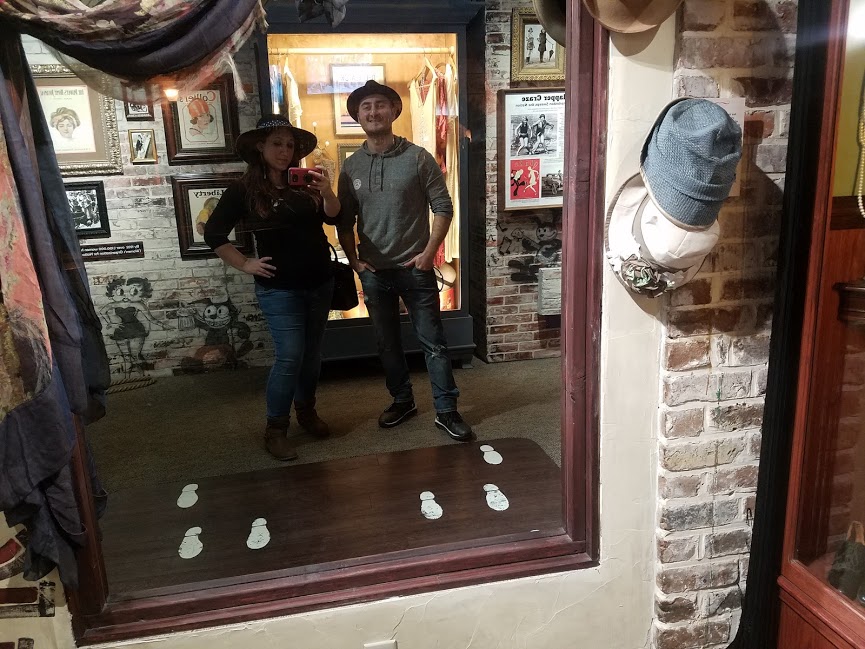
Lastly, the reward for having made it through the Prohibition museum is giving the password to a mysterious man at, “the door” and walking into a 1920’s speakeasy! Here you can order authentic cocktails from the 1920’s and 1930’s. If you’re pregnant, the bartender might give you some popcorn to go with your sparkling water. Also, there is live entertainment in the evenings, and the speakeasy also offers classes on how to make some of its cocktails.
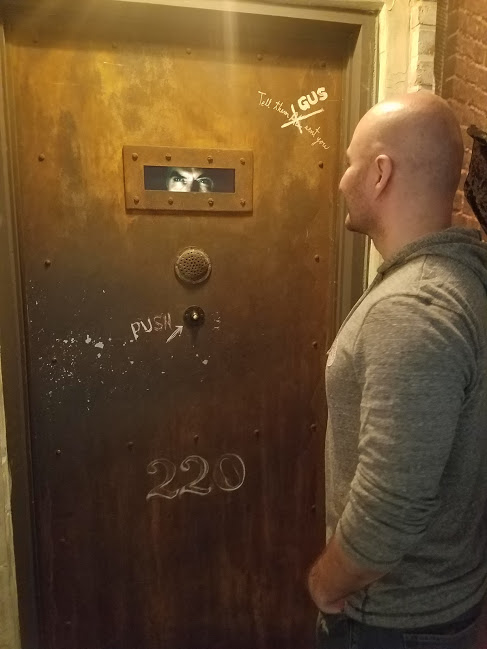
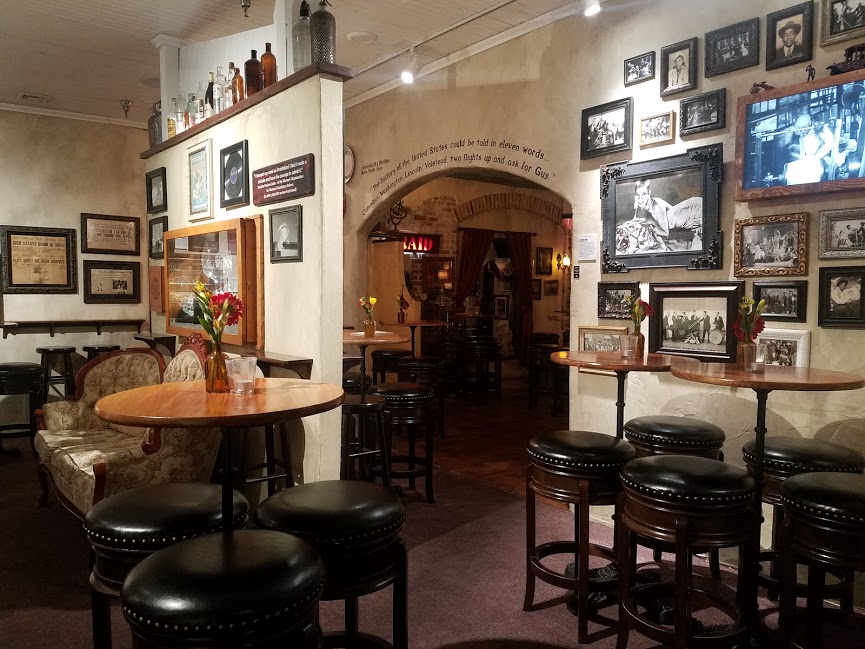



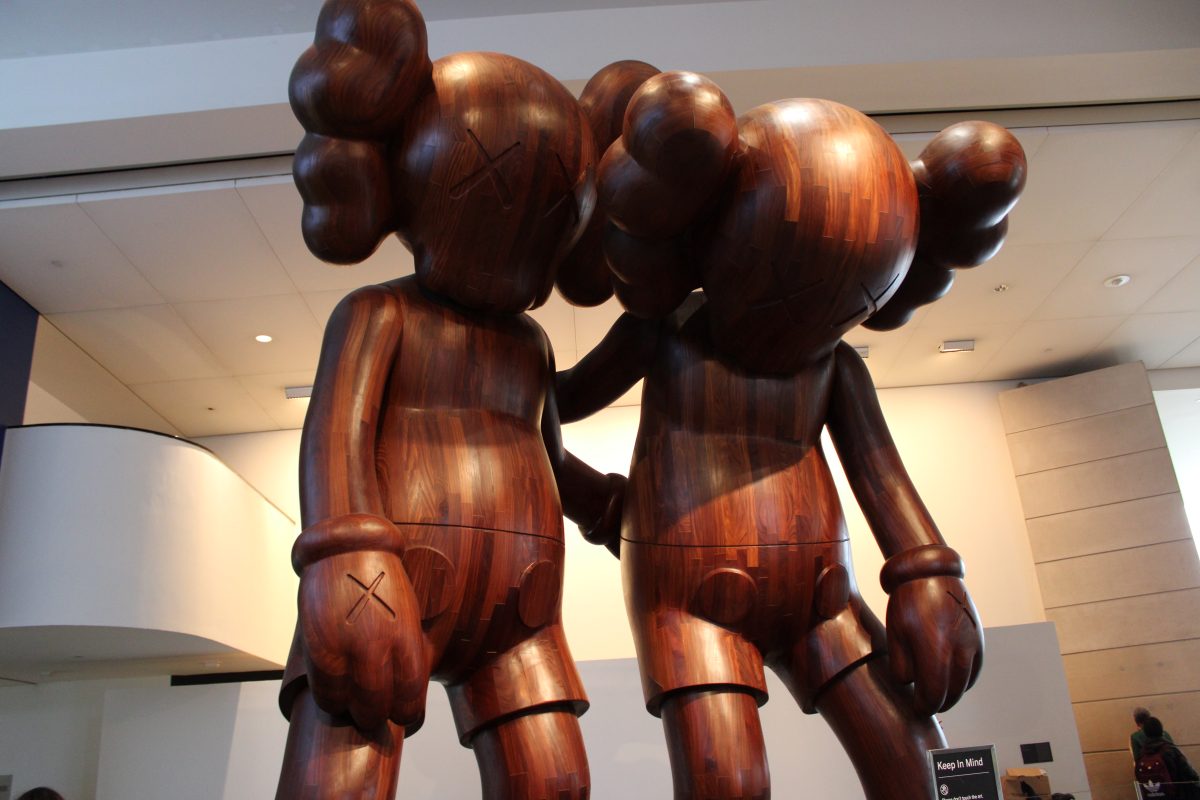
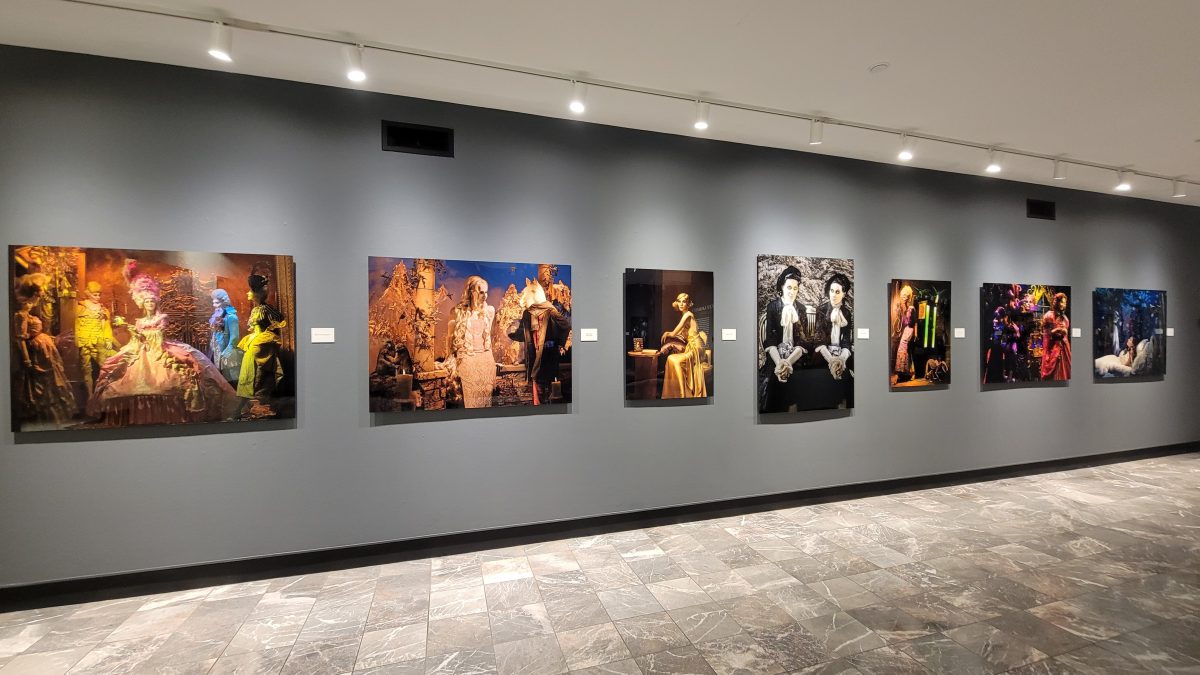
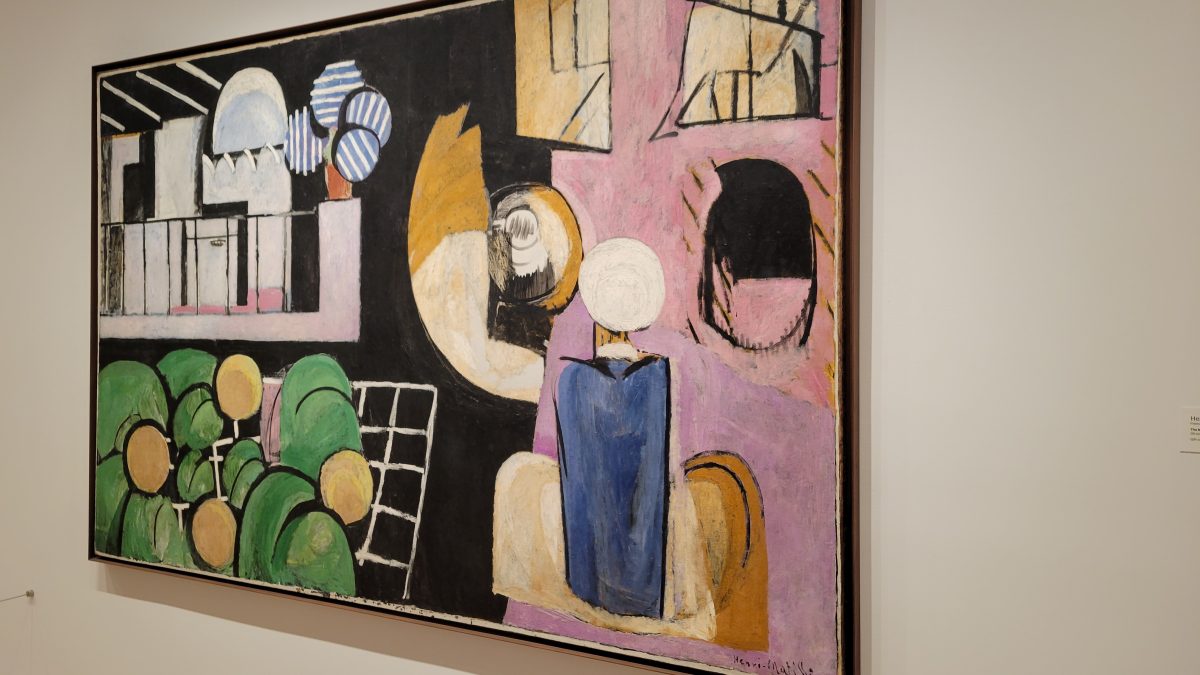
Hey! Thanks for the shout out! Congrats on the baby! And now we're heading into summer break (2.5 days away for me), so you timed that pregnancy perfectly!! I have to admit that I'm usually more interested in history that is older than traditional American history, but the history of prohibition has me intrigued. This museum looks really cool, and the husband would love the speakeasy at the end. So would I, actually. Savannah's on my list, and now this museum is, too. Thanks for the post and welcome back.
ReplyThis museum looks amazing! I love wax figures, and the one of Carrie Nation is hilarious. Thanks for sharing - will definitely add this one to my list if I'm ever in Savannah. Also, glad you enjoyed the taco place! (Just kidding, it is annoying when people clearly haven't actually read your post.)
ReplyCongrats on having your first baby!! And I’m glad you enjoyed the taco place 😉 just kidding! But the museum looks like a really cool place to spend a few hours when visiting Savannah! I’ve never been but I’ve heard really great things about it.
ReplyI imagined people retreated to the house, general store, or bank when they saw Carrie Nation walking in the city with a hatchet in her hand. I guess nobody wanted to deal with her. This is really an interesting history. I wonder what made the prohibition stopped in 1933 though.
ReplyThe thought of prohibition shakes me to me CORE too! I'm glad you included why Moonshine is called moon shine because I didn't know that!
ReplyHaha loving this museum. I feel like I would have a good laugh here, and seems like the whole thing is quite fun and playful!
Reply